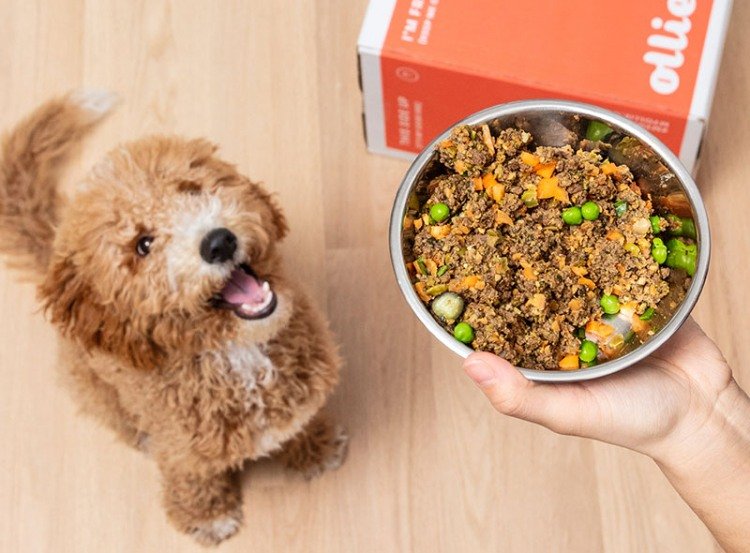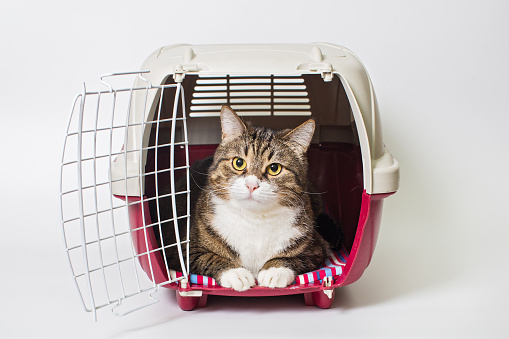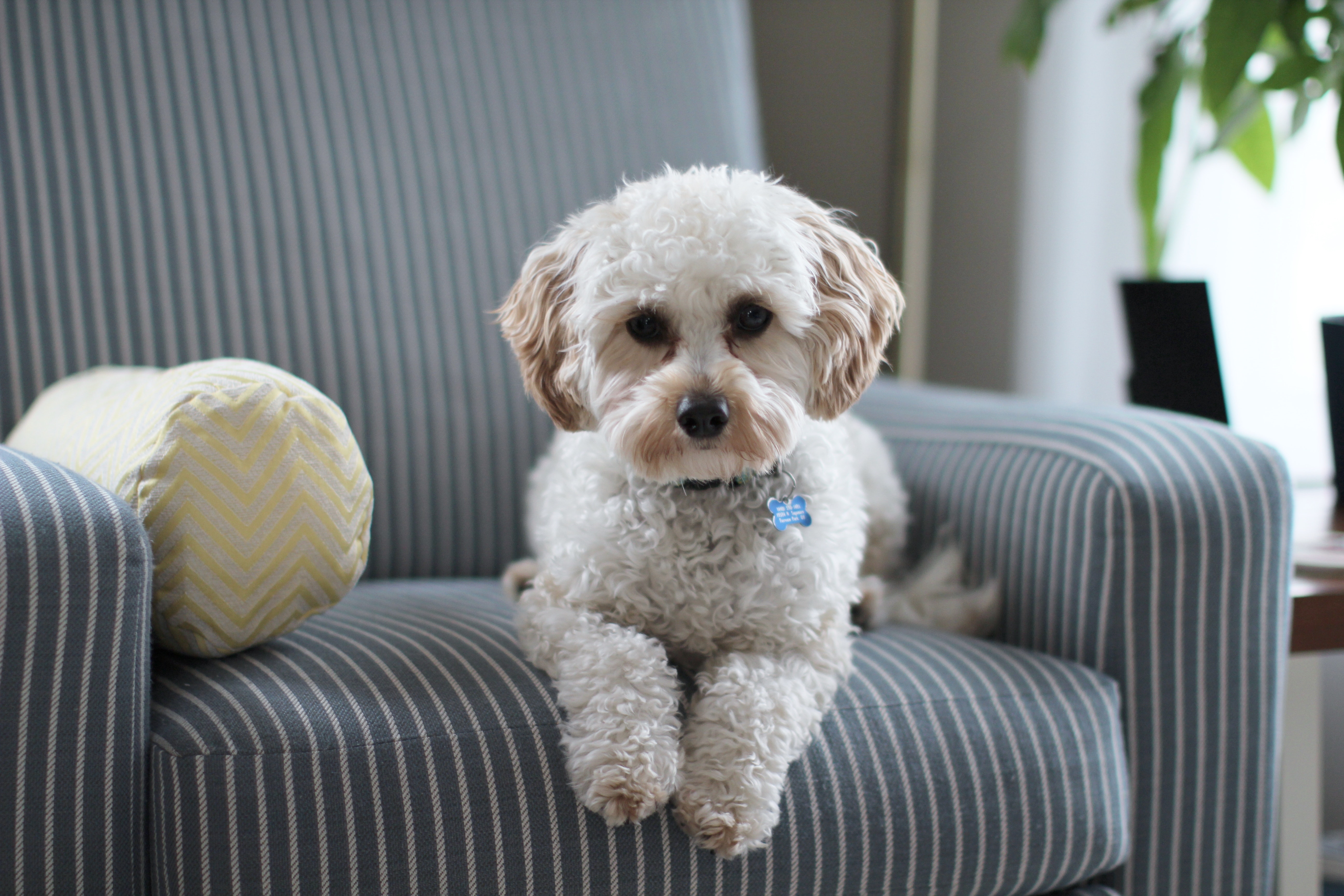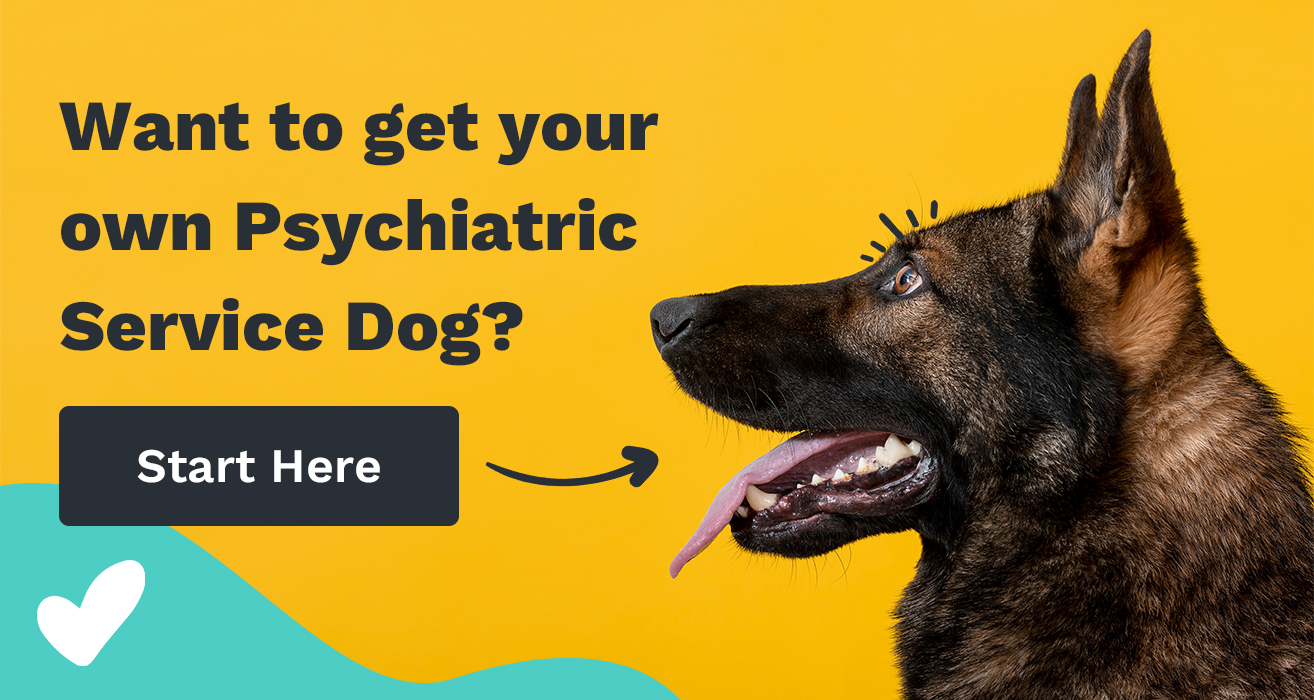
Monitoring the health condition and the emotional state of our furry friends takes them one step closer to a long and happy life. As responsible handlers/owners we should observe many factors in order to be able to act immediately if a problem occurs. The weight of our canine is one of the important components that we need to pay attention to. If your dog is gaining weight or is underweight, you need to act accordingly.
We will let you know more about the causes of losing weight, how to know if your dog is underweight, how to fatten him/her up properly and what you should consider before taking action.
If you are interested in the opposite topic and namely- how to help your dog lose weight, you can find more information here.
When Can Your Dog be Considered Underweight?
It is actually quite easy for you to recognize if your canine is underweight. You need to look at his/her bones, spine and ribs. If these are too prominent and there is no fat at all, your dog is likely to be underweight. Sometimes weight loss is accompanied by additional symptoms like fatigue, and loss of interest in favorite activities. If this is the case, you need to arrange a veterinary appointment as soon as possible, as there might be a health issue.
What Are the Possible Reasons for Losing Weight?
Let’s begin with the most common and not so serious causes of underweight.
Too picky
Your canine may be too picky when it comes to food. He/she may just not like the food you give him/her. In this case you can diversify his/her food and add food toppers or more wet/fresh food. Maybe your paw friend does not enjoy eating too much granular food.
Age
If you have an older dog, the loss of weight may be related to his/her age. Dental caries or cavities may occur in older dogs. Due to the pain they cause, your furry friend may find it difficult to eat hard food. In this case as in example above, you can implement more wet and/or fresh food in his/her daily menu. You may also look for food specially designed for older dogs. There are a few things you can do, if you want to take care of your canine’s dental hygiene:
• you can brush his/her teeth;
• you can consult with your veterinarian about a professional cleaning, if you think that you can not do it yourself;
• you can give your dog dental sticks or add to his/her regular meal food that takes care for the dental hygiene.
If you want to try cleaning your paw friend’s teeth yourself, you will need to train him/her to feel comfortable with you touching his/her mouth.
Stress and Anxiety
Same as humans, dogs can also experience stress and anxiety. The reasons for that may be different, i.e.: separation anxiety, fear of a certain/new place/object/person, a unhealed injury, a health condition, moving to a new home or any major change in the environment...etc. Dogs from rescue shelters are likely to need some time to adapt in their new home after adoption and may show signs of anxiety. In this case you should give your paw friend time to adapt and provide him/her with unconditional love.
Illness
Unfortunately, the loss of weight may be a symptom of a health disease. In most cases, there are also symptoms like vomiting, fever, lethargy...etc.. That is why a responsible owner should always supervise their pet and be able to recognize any abnormalities or fluctuations in their behavioral performance.
What Should You Consider Before Putting Your Dog on a New Feeding Schedule to Gain Weight?
Consult a Veterinarian First
Anytime you notice fluctuations in your dog’s physical or emotional condition, you should contact a veterinarian. Your dog may cope with an illness that you are not aware of, and putting him/her on a special nutrition schedule may worsen the symptoms of the illness.
Do not take any dramatic steps
Any changes that occur in your dog’s daily routine, especially in his/her feeding, may have a negative impact on his/her physical and emotional state. That is why you should change your dog’s diet gradually. If you overfeed him/her, he/she may gain weight drastically, which will cause a big pressure on their joints.
Make sure that you will increase the amount of the useful calories of high quality.
If you do not consider the factor mentioned above, your pup is likely to fatten up, without developing any muscles.
Exercise
Exercising is a factor important not only for weight loss, but also for weight gain. If your canine is not engaged in enough exercises during the day, fattening him/her up, may lead to obesity. Underweight, as well as obesity, are both equally bad for your dog’s health. You can engage your furry friend in games that are both intellectual and physical. They will keep him/her busy during the day and will take care for him/her to stay fit. Hiding toys with treats inside, playing the “chase the prey” game (tie a toy to a stick with a rope and lure the dog) or conducting some agility training (you can put obstacles in your yard or improvise at home with different objects like boxes, that your dog needs to jump over), will definitely have a positive effect on your dog’s health.
Recognize any changes in your dog’s weight
The same approach that you apply to recognize underweight in your dog, can be used to confirm whether the new schedule is actually working or not. Observe your canine’s hips and ribs from different perspectives- a profile, above...etc. Even slightly changes should be noticeable.
We reached the part where we will give you some pieces of advice on what you can do to help your dog gain weight.
How to Fatten Up Your Dog
Exercises
As we mentioned above, both humans and dogs need regular exercises as an addition to a balanced diet to stay fit. Maintaining a healthy weight and muscles can be achieved only with exercises.
Add food high in protein and fat
You need to give your paw friend food that is high in protein and fat. These meals are likely to cause weight gain gradually and the results should be visible in several weeks. You can add food that contains more proteins to the meat proteins in your dog’s food or change your canine’s food entirely. If you decide to replace the food entirely, you need to do it step by step. Any rapid changes are not healthy for your dog and can irritate his/her stomach. The best way to make the transition is to add every day about 10% of the new food to the old one.
You can add wet/fresh food to your dog’s menu
If the reason for your dog’s underweight is his/her pickiness, you can add meat or vegetables to his/her food. In this case you need to ensure that they are edible. Especially if canned, you need to provide your dog with the wet food right after its opening.
Human Food
Some types of human food are not only safe for your dog but can provide him/her with beneficial nutrients as well. Foods like pumpkin, potatoes, eggs and rice can help your dog gain weight.
Potatoes contain vitamin A, vitamin B6, vitamin C, calcium, magnesium, iron and other nutrients. If you decide to implement potatoes in your canine’s diet, we would recommend that you do it gradually and consult a veterinarian first. Please remember to never give your dog raw potatoes.
Pumpkins also contain various vitamins like vitamin A, C, E, iron, potassium as well as probiotics. They also aid the digestion because of the fiber content. However, you need to be careful about the amount you provide your dog with, as it can also have a harmful effect. As pumpkins are high in fiber, they can interfere with the absorption of other health nutrients like protein. Hence, a deficiency of proteins may occur. Also, pumpkins contain a lot of calories and if you do not pay attention to the amount of calories, your dog may gain weight too fast. As mentioned above, this is no healthy and the process of gaining or losing weight needs to be done gradually. Another thing to consider if you decide to add pumpkin to your dog’s food is the content of sodium and other additions, that may be dangerous for your dog. We would recommend that you give your canine plain pumpkin.
Eggs are healthy for dogs due to the content of protein, vitamins and fatty acids. Please pay attention to the eggs’ quality and the farm that the chickens have been raised in if you want to try this option.
Rice is likely to help our furry friends digest easily and can be prepared quickly. Brown rice is usually not recommended for dogs, as it would be more difficult for them to digest it due to the way it has been prepared. White rice, on the other hand, is more safe for dogs, but you need to keep in mind that it can increase the blood sugar. This is extremely important to know if your dog deals with diabetes.
Distribute the meals throughout the day
Feed your canine more frequently during the day, so that he/she can obtain the needed nutrition during the day. You should not exercise your paw friend directly after he/she has had e meal. You may need to wait 30-60 minutes before that.
Eating before sleeping
Same as humans, when your dog eats before a bedtime he/she is likely to store fat instead of burning it and logically is likely to gain weight. Small changes in the feeding schedule may lead to big results.










